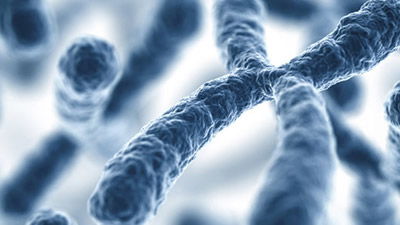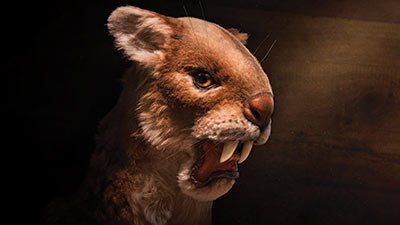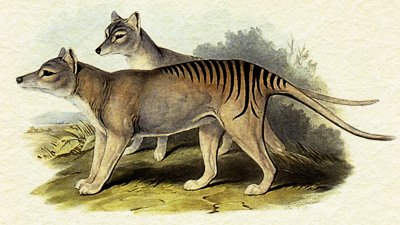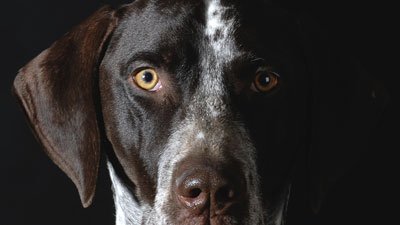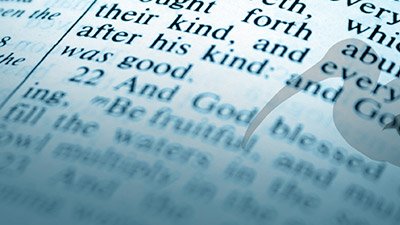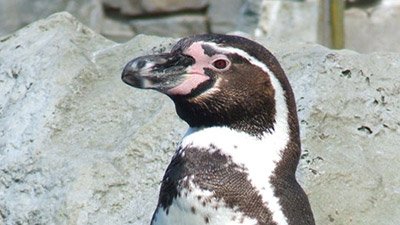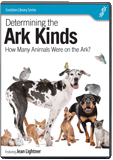Created Kinds (Baraminology)
Classification of Species “According to Their Kind”
Genesis 1 repeats ten times that God created creatures separately according to various “kinds.” Today’s species show the potential variation that God designed within the original kinds, but this variety remains limited—cats are still cats, and dogs are dogs.
What We Really Know about Classifying Life
The current system of classification is based on the pioneering work of the creation scientist Carolus Linnaeus. He eventually taught that new organisms that arose were all derived from the primae speciei (original kinds) and were a part of God’s original plan because He placed the potential for variation in the original creation. Modern biblical creationists still use the concept.
Baraminology—A Scientific Taxonomy Based on Created Kinds
The desire to classify modern creatures—based on the original created kinds—has spawned a new field of biology known as baraminology. Is there any way for a scientist to identify the original kinds that Adam named?
What About Dog Speciation?
The whole range of canids, from domesticated dogs to wolves to jackals and beyond, constitutes the diversified members of the original “dog” kind.
News About Created Kinds (Baraminology)
-
June 25, 2018 from Ken Ham Blog
This extinct frog species, preserved in amber for us to find today, is just another example of God’s limitless creativity.
-
May 31, 2018 from Ken Ham Blog
We typically think of blood as red, but six lizard species in Papua New Guinea bleed green, not red. A new study claims this green blood evolved four times.
Articles About Created Kinds (Baraminology)
-
Feb. 23, 2025 from Answers Magazine
By studying the diversity of animals on Noah’s ship, we can understand how many creatures were destroyed in the flood and how so few animals repopulated the earth with the variety we enjoy today.
-
July 1, 2019 from Answers Magazine
Forget evolution’s tree of life. God made an entire orchard of “kinds” all at once.
-
March 26, 2017 from Answers Magazine
Beneath Noah’s Ark illustrations and toys is a faulty assumption that the creatures on Noah’s Ark looked like the ones we see today.
-
Getting Enough Genetic DiversityJuly 23, 2016 from The Origin of Species After the Flood
The major remaining question is how tens of thousands of species could arise in a few thousand years.
-
Getting Enough BodiesJuly 16, 2016 from The Origin of Species After the Flood
We need to know how these Ark ancestors can multiply fast enough to generate enough bodies to possess these new traits.
-
Which Animals Were On the Ark with Noah?May 28, 2016 from The Origin of Species After the Flood
Male and female animals were on board Noah’s Ark to reproduce after the Flood. This has profound ramifications for identifying what the kinds looked like.
-
Book Chapter2.6 Variation, Yes; Evolution, NoMarch 28, 2016 from Creation: Facts of Life
Could there be enough variation in two created human beings to produce all the variation among human beings we see today?
-
In-Depth ArticleRed Wolf Species Classification Affirms Biblical Creation, Puzzles EvolutionistsMarch 14, 2016 from Answers in Depth
As researchers sequence the DNA of more organisms, they find species (like the red wolf) they called unique physically are not so unique genetically.
-
Magazine Department ArticleKitty KindsApril 1, 2015 from Answers Magazine
The first high-quality sequence of the cat genome has yielded some answers to why cats condescend to grace ordinary human beings with their companionship.
-
Feedback ArticleFeedback: What Does “Two of Every Kind” Mean?Jan. 2, 2015
While there is a straightforward answer, the issue of animal “kinds” is crucial to grasp when answering common objections concerning Noah and the Ark.
-
Lumping or Splitting?Oct. 6, 2014 from Thinking Outside the Box
How many animals were on Noah’s Ark? Your answer depends on whether you prefer “lumping” or “splitting.”
-
July 1, 2014 from Answers Magazine
God designed “man’s best friend” to produce a vast array of types, each with a suite of traits just right for a special need.
-
Counting KindsMarch 14, 2014 from Thinking Outside the Box
How could Noah have fit all those animals into his big ship? How could only he and seven other people have cared for them?
-
A Horse Is a Horse, of Course, of Course . . .July 8, 2013 from News to Know
DNA from an ancient horse’s foot suggests horses have been horses for a long time.
-
Book Chapter4.2 “Each According to Its Kind” (OB14)Sept. 13, 2012 from Did God Use Evolution?
From the creation account, it is clear that all living beings were created in clearly separate groups—each according to its kind.
-
June 1, 2011 from Answers Magazine
If God finished creating on Day Six, why did so many varieties of animals and plants appear after Creation Week?
-
They’re All the Same to UsFeb. 5, 2011 from News to Know
Is it a jackal or a wolf—or just another reminder of an original created “dog” kind?
-
Variety in PenguinsOct. 9, 2010 from News to Know
While structures found in fossilized penguin feathers make evolutionists reconsider their ideas about these early aquatic birds, creationists can enjoy the variety God has put within this fascinating animal kind.
-
Semi-Technical In-Depth ArticleClassic Multidimensional Scaling Isn’t the Sine Qua Non of BaraminologySept. 29, 2010 from Answers in Depth
Although baraminologists have noted that their conclusions are tentative, this fact is not emphasized enough.
-
Feedback ArticleNot So Common DescentApril 2, 2010 from Feedback
If creationists accept “descent with modification” as a natural process, how are we any different from evolutionists?
-
Magazine ArticleVariety Within Created KindsApril 1, 2010 from Answers Magazine
Today’s species show the potential variation that God designed within the original kinds, but this variety remains limited—cats are still cats, and dogs are dogs.
-
Jan. 1, 2009 from Answers Magazine
Darwin’s ideas about species, when put to the test, have run into insurmountable hurdles.
PDF Download -
Technical In-Depth ArticleExplaining Diversity within Created KindsNov. 12, 2008 from Answers in Depth
What can the lowly crustacean teach about genetic diversity? Quite a bit, as it turns out.
PDF Download -
Oct. 1, 2008 from Answers Magazine
Giving names to things seems to be a very important part of God's plan.
PDF Download -
Magazine Department ArticleBearing Out CreationMarch 10, 2008 from Answers Magazine
DNA tests have confirmed that a grizzly bear father and polar bear mother have produced what some people are calling a “pizzly.”
-
Origin of the ChickenMarch 8, 2008
Whether it’s the answer to “which came first: the chicken or the egg?” or the corollary answer to that classic riddle “why did the chicken cross the road?” Darwin’s answer to the origin of the chicken was wrong.
-
Magazine Department ArticleThe Encyclopedia of LifeOct. 1, 2007 from Answers Magazine
Scientists worldwide have begun work on an online catalog of the world’s 1.8 million known species, known as the “Encyclopedia of Life.”
-
Babel for ElephantsJuly 28, 2007
Scientists from the U.S., Germany, and Switzerland have “calculated the date at which the African and the Asian elephant went their separate ways”—supposedly some 7.6 million years ago.
-
Book ChapterClassifying LifeMarch 1, 2007 from Evolution Exposed: Biology
Classification systems are used to help us organize and study living things.
-
Book ChapterThe Elephant KindOct. 1, 2004 from Frozen in Time
Creationists understand that the classification category of species is not the same as the Genesis kind.
Recommended Resources

Answers in Genesis is an apologetics ministry, dedicated to helping Christians defend their faith and proclaim the good news of Jesus Christ.
- Customer Service 800.778.3390
- © 2025 Answers in Genesis



